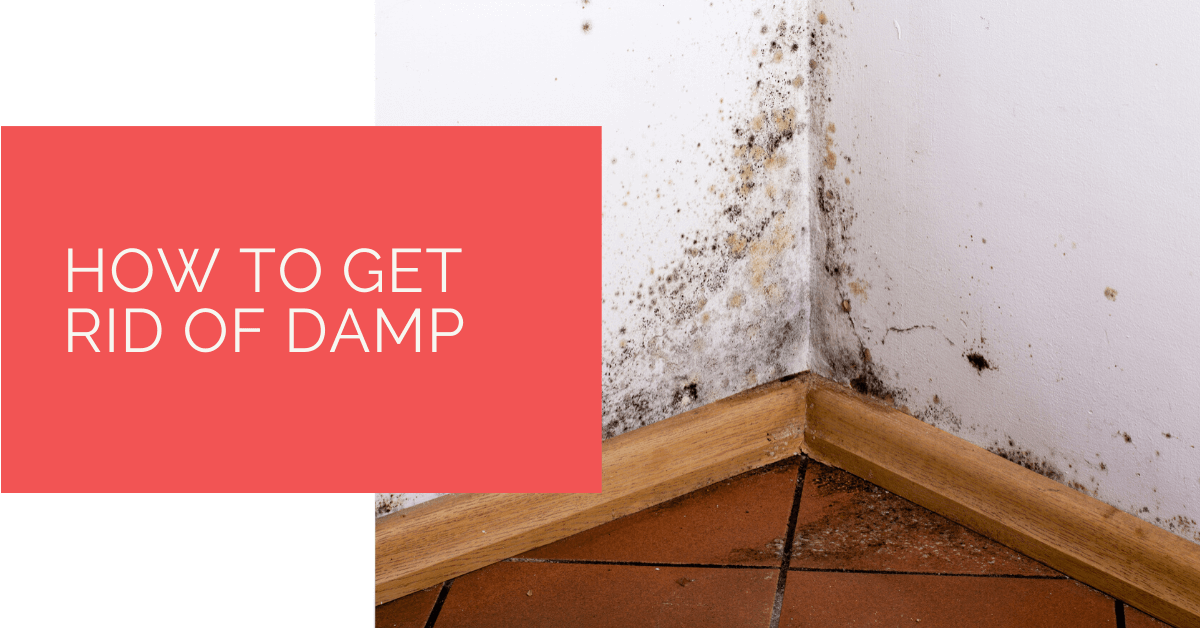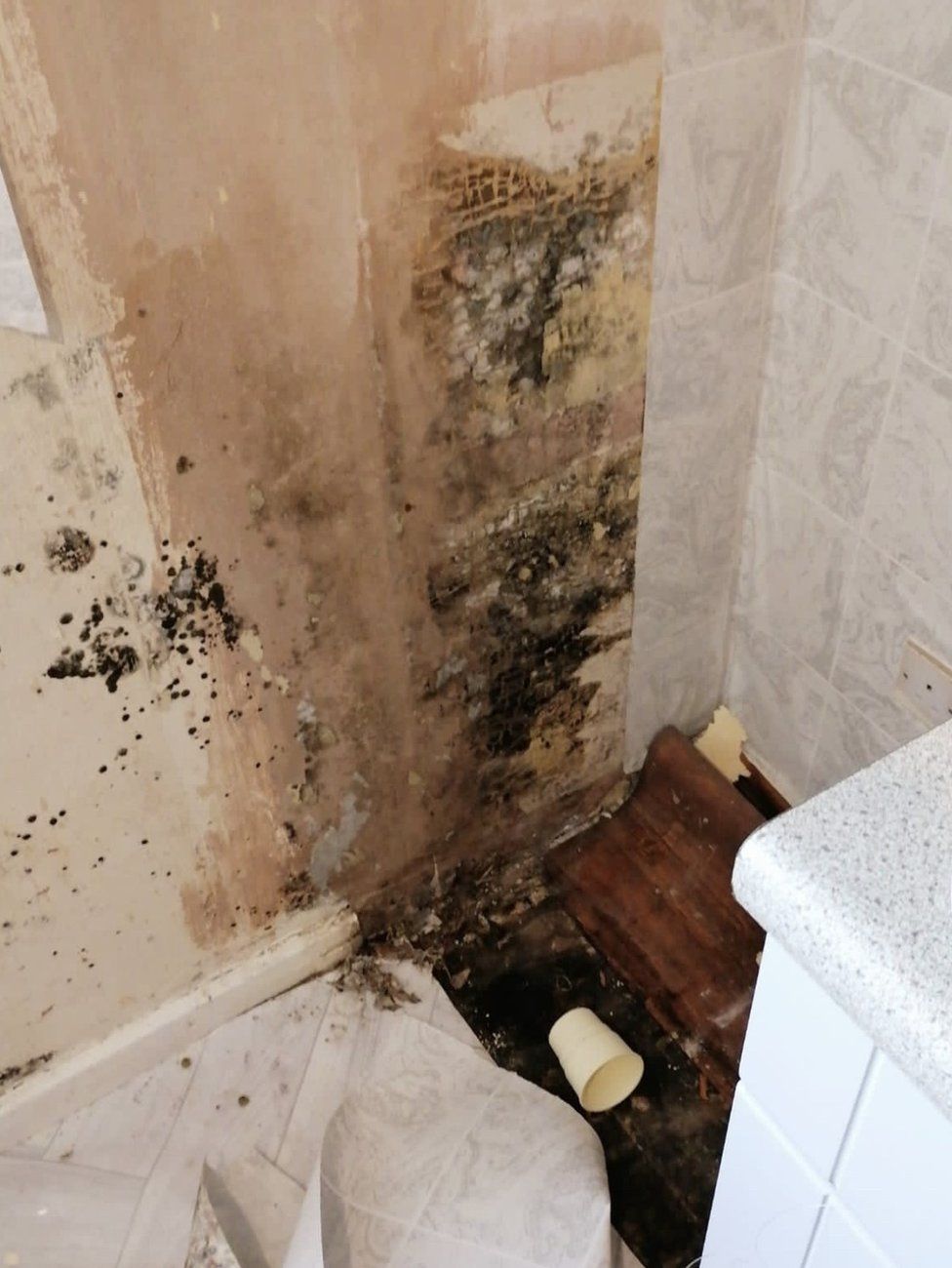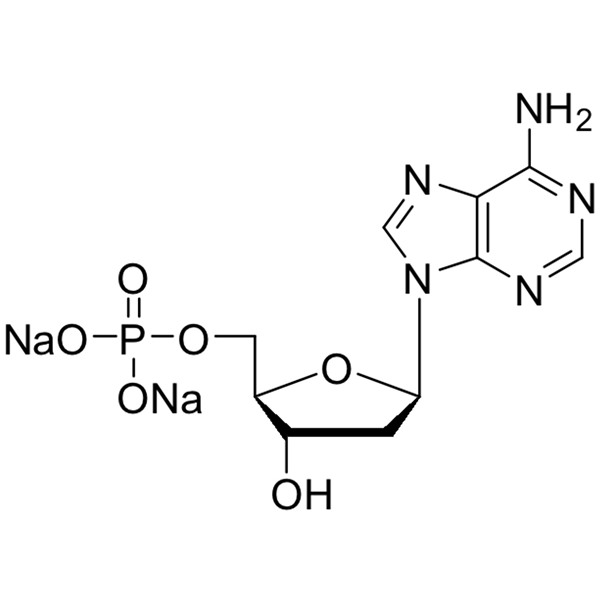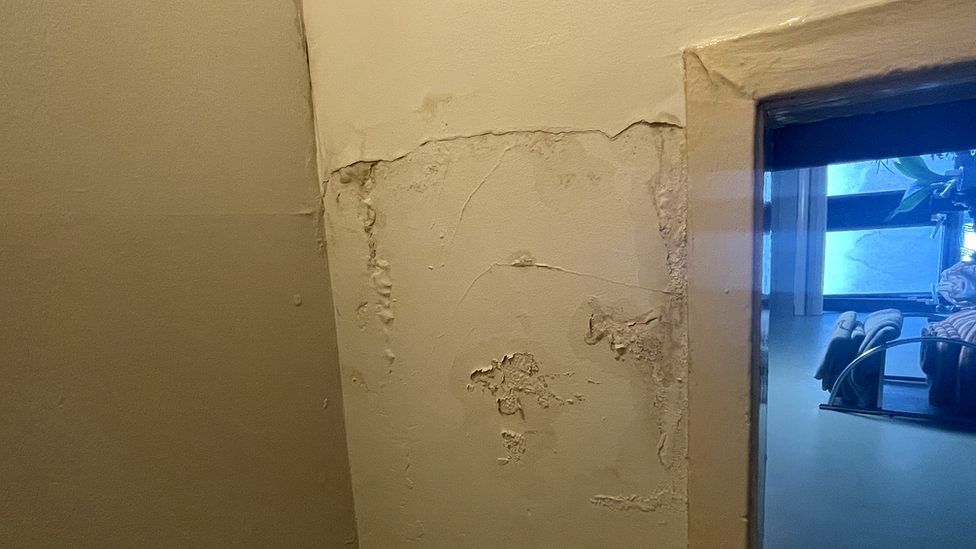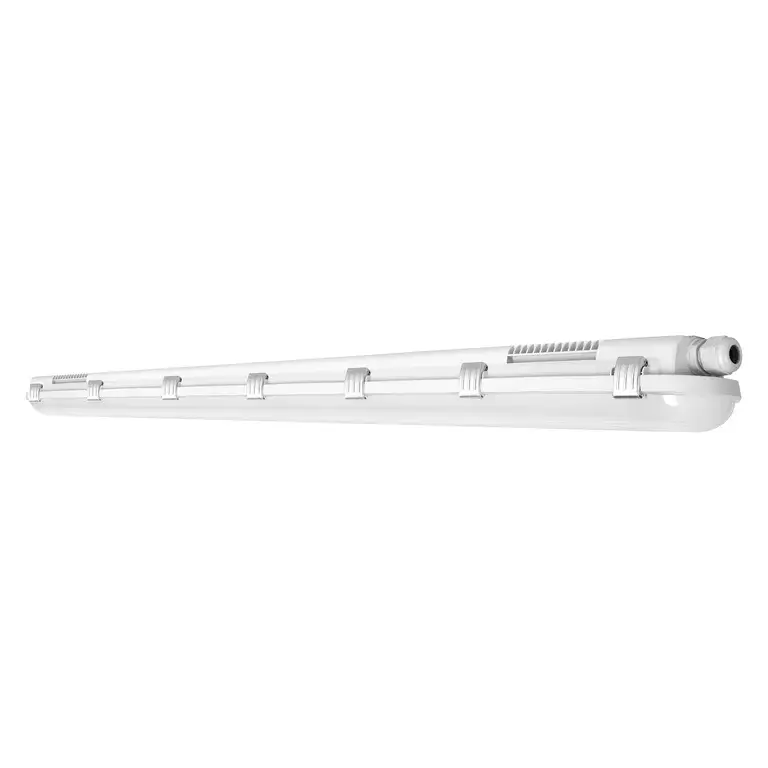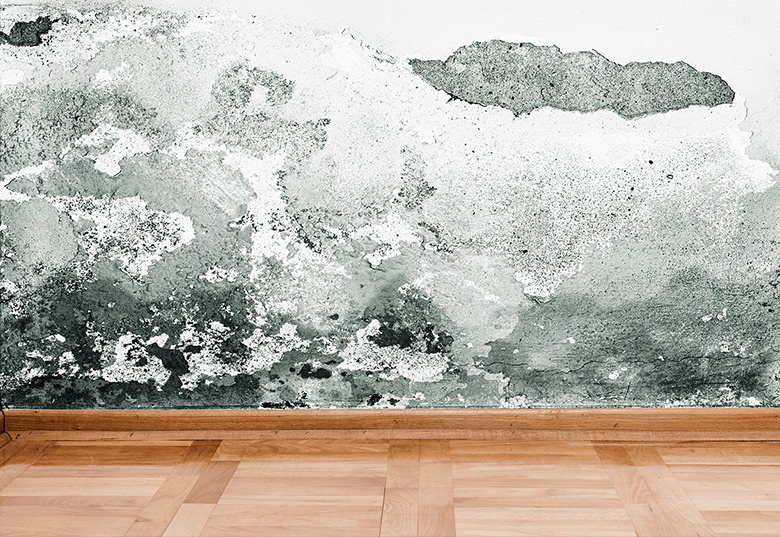Exemplary Tips About How To Detect Damp

Condensation damp, rising damp and penetrating damp.
How to detect damp. Learn more about surveys in our guide. Combo meters have pins and electromagnetic sensors to detect moisture. The penetrating damp symptoms that you need to look for are as follows:
Look out for a discolouration of. Adjust the room’s heating and ventilation. The more common academic view is that between.
Normally the smell is the first thing you’ll notice but will often ignore. These meters work with many types of materials. A full building survey will also look at the condition of the existing damp proofing.
Although it exists, it is incredibly rare. It’s easy to put the smell of damp down to blocked waste pipes but if you notice a damp. As it dries out the damp retreats slowly back to the points of ingress, so if you are not able to see.
There are four established methods for diagnosing damp. Six signs of penetrating damp 1. This type of problem is caused by.
Usually, the first sign that you have penetrating damp, is wet or leaking walls that are characterized by a yellowy brown discoloration. There are three different types of damp; Damp damage to house walls is frequently encountered by housecheck inspectors.
Here are some of the most common types of wall dampness and the solutions to fix and prevent them: Pin meters have two sharp points that poke into a material and are extremely accurate, but this only works with drywall and wood. 1 use the right paints and sealants.
Plaster will show signs of wear and tear when affected by penetrating damp. If you are buying a new house and you suspect damp, you’ll need to arrange for a homebuyers report (level 2) or building survey (level 3). The first sign of penetrating damp is usually wet or leaking walls.
This can be identified by damp patches on the wall, wet and crumbly plaster, mould/mildew on the walls, or even wet surfaces. These issues themselves are normally caused when water and moisture are allowed to enter a given property through either cracked or broken mortar joints, broken roof tiles,. Both these surveys include tests for damp in the walls.
Rising damp does exist and is a scientifically proven phenomenon.






![What Causes Dampness and Mould [Infographic]](http://www.trimurty.com/blog/wp-content/uploads/2017/05/Infographic-15-01n-610x1024.jpg)


